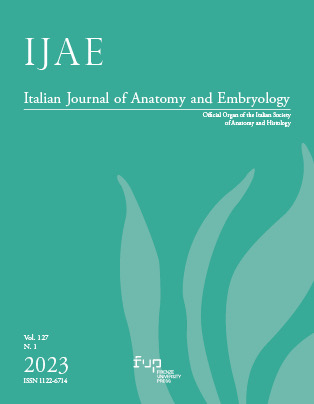Published 2023-08-28
Keywords
- clinical anatomy,
- orthopedics,
- glenoid,
- shoulder joint
How to Cite
Copyright (c) 2023 Midhat Syed, Farah Syed, Masooma Syed Syed

This work is licensed under a Creative Commons Attribution 4.0 International License.
Abstract
Background: The glenoid cavity of scapula is quite small, which allows space for only limited fixation devices. Appropriate fixation of the glenoid component of shoulder is of key importance in total shoulder arthroplasty to prevent loosening, which is a common indication of revision surgery. Orthopedic surgeons and prosthetic designers must have a thorough understanding of the glenoid’s dimensions and shape, in order to create the finest feasible prosthesis. Aims and objectives: To determine the glenoid cavity index (GCI) and the form of the glenoid cavity, as well as the supero-inferior diameter, shortest antero-posterior diameter, and longest antero-posterior diameter. Materials and methods: The study was conducted on 50 dry unpaired adult human scapulae of North Indian population obtained from GMC, Srinagar. All the important morphometric parameters were studied using a vernier calliper. Result: Supero-inferior diameter, shortest antero-posterior diameter, and longest antero-posterior diameter were found to have respective mean values of 35.06 mm, 15.8074 mm, and 23.3814 mm. Glenoid cavity index had a mean value of 66.68. 42% of the glenoid cavities had an inverted comma shape, 36% had a pear shape, and 22% had an oval shape. Conclusion: The results showed that mean supero-inferior diameter of glenoid is about 35mm while the average prosthesis for shoulder arthroplasty in the market starts from 40mm. This suggests that while developing and fitting glenoid components for total shoulder arthroplasty in the North Indian population, it may be necessary to take into account the smaller dimensions of the glenoid cavities.


